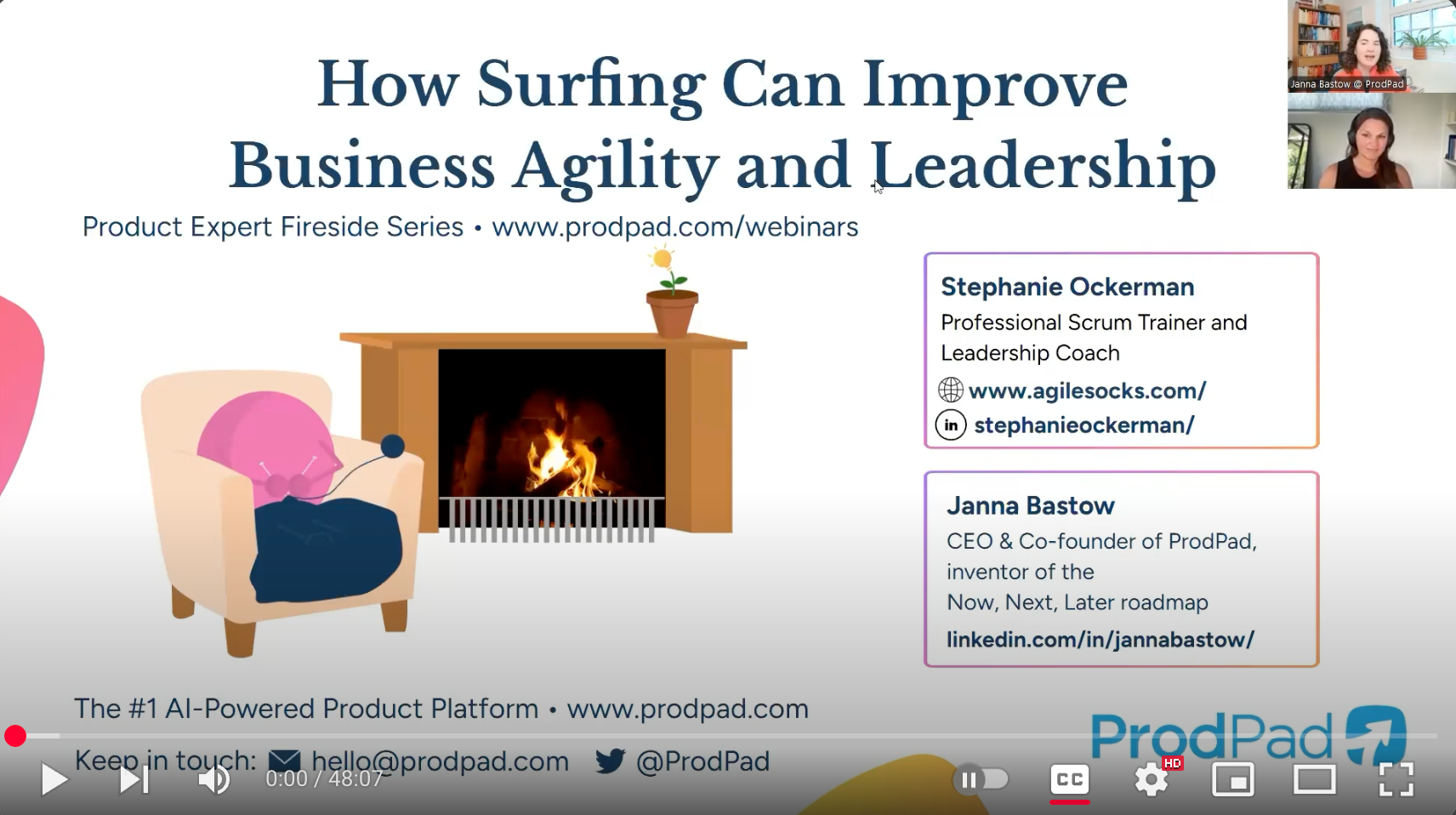
The Sprint is one of the five Scrum events. In my Professional Scrum courses, this is the event that people often forget about because it is a container event, not necessarily something you distinctly schedule on the calendar.
This container holds the space for all of the work to create the Increment of product, and it is limited to one month or less in duration (i.e. timebox). This container starts with Sprint Planning and ends with the Sprint Retrospective. Then the next Sprint immediately starts.
The Sprint can seem like a simple administrative term, and people sometimes brush it off.

Photo by Uroš Jovičić on Unsplash
This is why the Scrum Guide calls Sprints the “heartbeat of Scrum.” Let’s take a look at 5 powerful things the Sprint provides teams and organizations.
The purpose of a Sprint is to create a usable Increment of value. It’s that simple.
What value is to be delivered is guided by the Sprint Goal, which does not change during the Sprint. Because… well, focus.
If you’ve worked in product development for even a day, you probably understand how chaotic it can feel. New ideas and new business needs are popping up. New information about the market and customers is being discovered. And of course, the complexity of the actual work a team is doing creates a continuous flow of new learning and new challenges.
By having this single purpose every Sprint – to create a Done Increment – the team can bring their focus back to this. They can set aside the distractions not related to this purpose. They can take the new information they have uncovered and adapt their plan without losing focus.
This brings us to predictability.
While a Scrum Team may not be able to guarantee the specific scope of the Increment (i.e features/ functions), a team that is using Scrum well will be predictable in delivering an Increment that meets the Definition of Done every Sprint.
Sprints have a consistent cadence. This consistent cadence helps a Scrum Team understand what they are capable of delivering in a period of time. As a Scrum Team understands this and continues to work together, they can better forecast delivery expectations.
Disclaimer: Remember that the words “estimate” and “forecast” imply there is still complexity and uncertainty, and these estimates and forecasts will not be perfectly accurate. The Sprint helps us optimize predictability over time.
A Scrum Team can change the length of a Sprint, but they don’t change it constantly. They do so intentionally as a part of their commitment to continuous improvement in meeting the business needs. Then they learn and settle into a new cadence.
And that brings us to #3. The Sprint provides control.
A question I am often asked is,
How long should our Sprint be?”
How frequently does your business need to change direction?”
Remember the Sprint Goal does not change during the Sprint. This provides the stability a Scrum Team needs in order to get something meaningful done (see #1 above). So the real driver of the length of a Sprint is how often the business needs to inspect the Increment and adapt the direction based on new information.
In addition, the Sprint timebox gives the business more transparency to and control of cost and schedule. An organization can fund a number of Sprints and see the value they are getting every Sprint. This helps make informed decisions about whether or not to keep investing money and on what to invest it. Ultimately, this is how you control risk in complex environments.
A Sprint provides freedom. This may seem contradictory to point #3, but it is not. And that is the beauty of a Sprint.
The Scrum Team has the focus of a Sprint Goal and a timebox. These boundaries create the freedom for effective self-management, collaboration, and experimentation.
There are many ways risk shows up in product development. Are you building the right thing? Are you building the thing right? What assumptions might be wrong? What might change?
Teams have to learn by doing, inspecting and adapting along the way.
And businesses do too. The business gets the freedom to experiment as well.
Sometimes there will be failure. In fact, failure is a part of learning. The question is how big of an impact that failure will have. A Sprint limits the impact of failure to the timebox of the Sprint.
This freedom leads us to opportunity.
Scrum is a framework for opportunistic discovery. To quote Ken Schwaber, it helps us “harness change for competitive advantage.” Ultimately, successful Sprints enable the benefits of business agility.



AGILE SOCKS is a registered trademark of Agile Socks LLC. Other marks used herein are the property of their respective owners. For more information see Trademark Notice in Terms & Conditions.